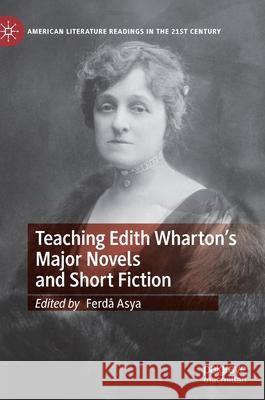Teaching Edith Wharton's Major Novels and Short Fiction » książka
topmenu
Teaching Edith Wharton's Major Novels and Short Fiction
ISBN-13: 9783030527419 / Angielski / Twarda / 2021 / 331 str.
Teaching Edith Wharton's Major Novels and Short Fiction
ISBN-13: 9783030527419 / Angielski / Twarda / 2021 / 331 str.
cena 484,18
(netto: 461,12 VAT: 5%)
Najniższa cena z 30 dni: 462,63
(netto: 461,12 VAT: 5%)
Najniższa cena z 30 dni: 462,63
Termin realizacji zamówienia:
ok. 22 dni roboczych
Bez gwarancji dostawy przed świętami
ok. 22 dni roboczych
Bez gwarancji dostawy przed świętami
Darmowa dostawa!
Kategorie:
Kategorie BISAC:
Wydawca:
Palgrave MacMillan
Seria wydawnicza:
Język:
Angielski
ISBN-13:
9783030527419
Rok wydania:
2021
Wydanie:
2021
Numer serii:
000320720
Ilość stron:
331
Waga:
0.57 kg
Wymiary:
21.01 x 14.81 x 2.06
Oprawa:
Twarda
Wolumenów:
01
Dodatkowe informacje:
Wydanie ilustrowane











